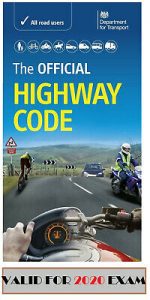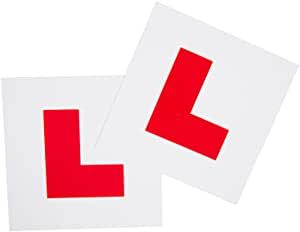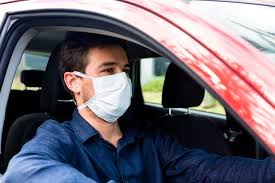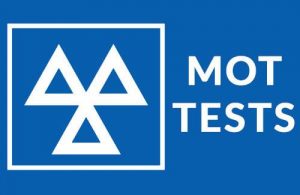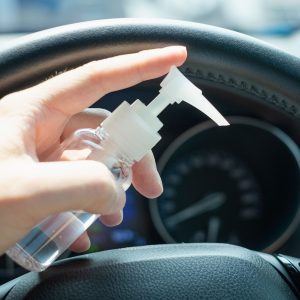The Department for Transport has launched a consultation which could see the driver’s rule book updated with changes including making it clear where cyclists and pedestrians have priority or ‘right of way’ over drivers.
Major changes to the Highway Code being considered by the Government would see roads made safer for cyclists, pedestrians and horse riders.
The Department for Transport has launched a consultation which could see changes in the driver’s rule book including making it clear where cyclists and pedestrians have priority or ‘right of way’ over drivers. The Plan is trying to improve safety for pedestrians- in particular children, the elderly and disabled people.
There would be new rules around what to do when you see someone waiting to cross the road as well as how drivers should deal with cyclists at junctions.
Cyclists will be given clearer priority at junctions, and pedestrians clearer priority when crossing or waiting to cross the road.
There would also be mention of the Dutch Reach – a method for opening your car door without endangering cyclists – as well as making sure warning sounds are working on electric cars and making sure your charging cable is not a trip hazard.
The main alterations to the code being proposed :
- Introducing a hierarchy of road users which ensures that those road users who can do the greatest harm have the greatest responsibility to reduce the danger or threat they may pose to others
- Clarifying existing rules on pedestrian priority on pavements, to advise that drivers and riders should give way to pedestrians crossing or waiting to cross the road
- Providing guidance on cyclist priority at junctions to advise drivers to give priority to cyclists at junctions when travelling straight ahead
- Establishing guidance on safe passing distances and speeds when overtaking cyclists and horse riders.
- The plan reads: “The consultation document is seeking views on proposed changes to The Highway Code to improve safety for pedestrians, particularly children, older adults and disabled people, cyclists and horse riders.”It is important that these groups feel safe in their interactions with other road users.”
The document says it gives: “specific consideration on overtaking, passing distances, cyclist and pedestrian priority at junctions, opening vehicle doors and responsibility of road users.”
The changes would be made to a number of sections of the Highway Code including:
- Rules for pedestrians (Rules 1 to 19)
- Rules about animals (Rule 52)
- Rules for cyclists (Rules 59 to 82)
- Rules for drivers and motorcyclists (Rule 97)
- General rules, techniques and advice for all drivers and riders (Rules 123 to 151)
- Using the road (Rules 160 to 199)
- Road users requiring extra care (Rules 204 to 215)
- Waiting and parking (Rule 239)
- Annex 1: you and your bicycle
- Annex 6: vehicle maintenance, safety and security Discussing the planned new Hierarchy of Road Users the plan reads: “The ‘Hierarchy of Road Users’ is a concept which places those road users most at risk in the event of a collision at the top of the hierarchy.”The road users most likely to be injured in the event of a collision are pedestrians, in particular children, older adults and disabled people, followed by cyclists, horse riders and motorcyclists.
The hierarchy does not remove the need for everyone to behave responsibly. The following H rules clarify this concept.
“It is important that ALL road users are aware of The Highway Code, are considerate to other road users and understand their responsibility for the safety of others.
It adds: “Those in charge of vehicles that can cause the greatest harm in the event of a collision bear the greatest responsibility to take care and reduce the danger they pose to others.
“This principle applies most strongly to drivers of large goods and passenger vehicles, followed by vans/minibuses, cars/taxis and motorcycles.
“Cyclists, horse riders and horse drawn vehicles likewise have a responsibility to reduce danger to pedestrians.
Always remember that the people you encounter may have impaired sight, hearing or mobility, and may not be able to see or hear you. “None of this detracts from the responsibility of all road users, including pedestrians, cyclists and horse riders, to have regard for their own and other road users’ safety.”
T here would be new rules around what to do when you see someone waiting to cross the road.
They would read: “At a junction you should give way to pedestrians crossing or waiting to cross a road into which or from which you are turning.
“You MUST give way to pedestrians on a zebra crossing, and pedestrians and cyclists on a parallel crossing.
“You should give way to pedestrians waiting to cross a zebra crossing, and pedestrians and cyclists waiting to cross a parallel crossing.
Horse riders and horse drawn vehicles should also give way to pedestrians on a zebra crossing, and pedestrians and cyclists on a parallel crossing.
“Pedestrians have priority when on a zebra crossing, on a parallel crossing or at light controlled crossings when they have a green signal.
“Cyclists should give way to pedestrians on shared use cycle tracks. Only pedestrians may use the pavement.
“This includes people using wheelchairs and mobility scooters.
 Buy Gifts Vouchers Here
Buy Gifts Vouchers Here Intensive Driving Courses
Intensive Driving Courses Driving Test Booking Services
Driving Test Booking Services


